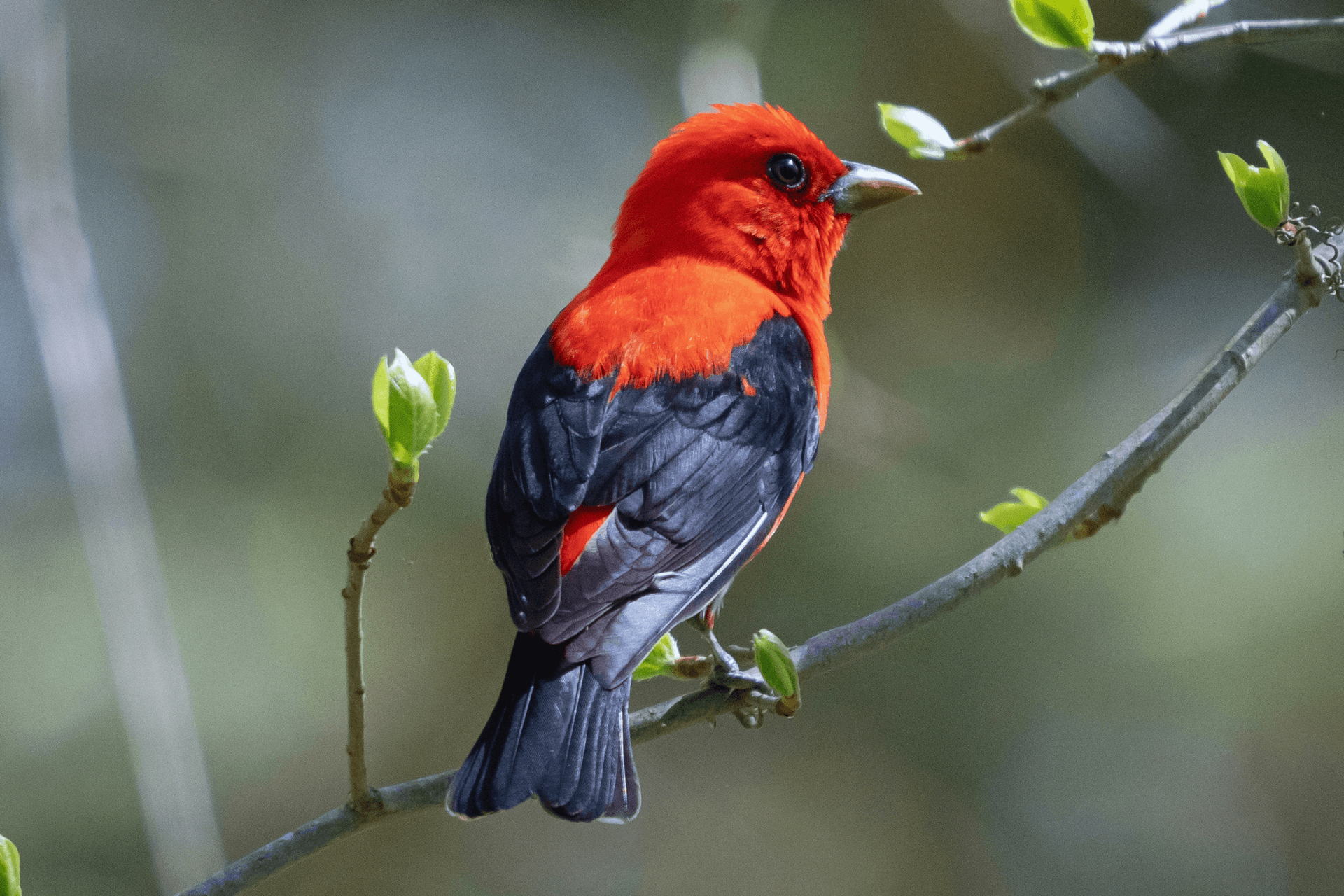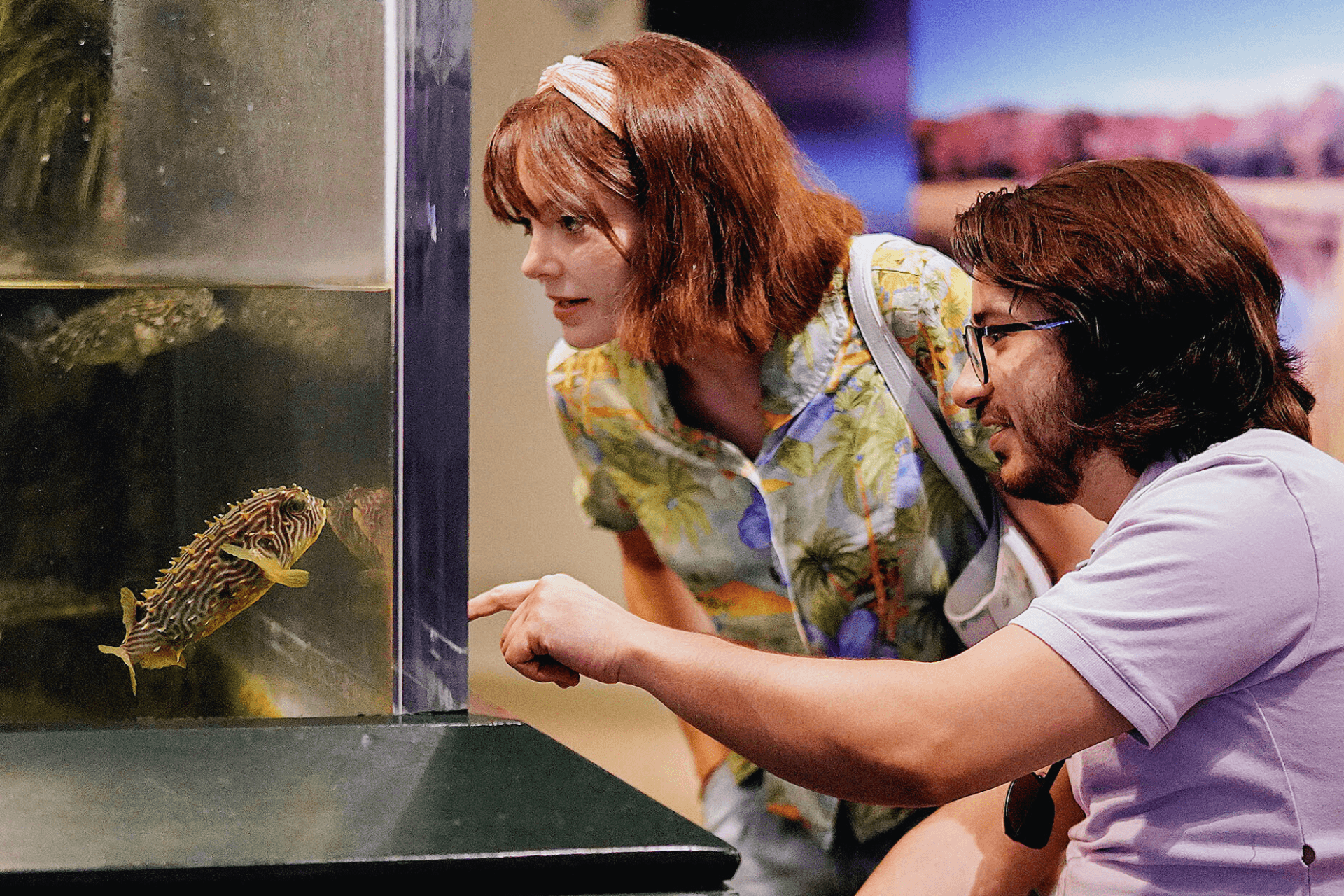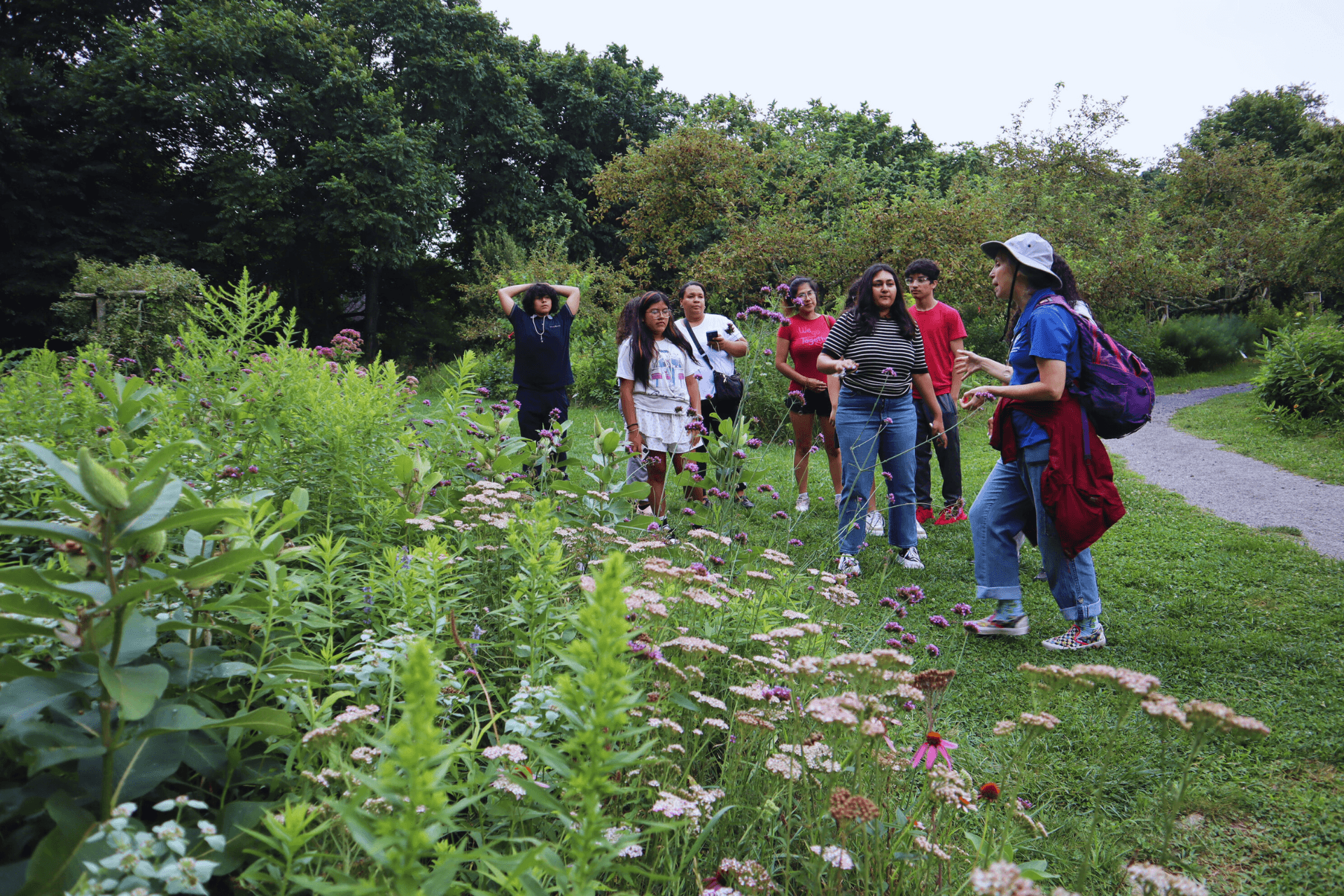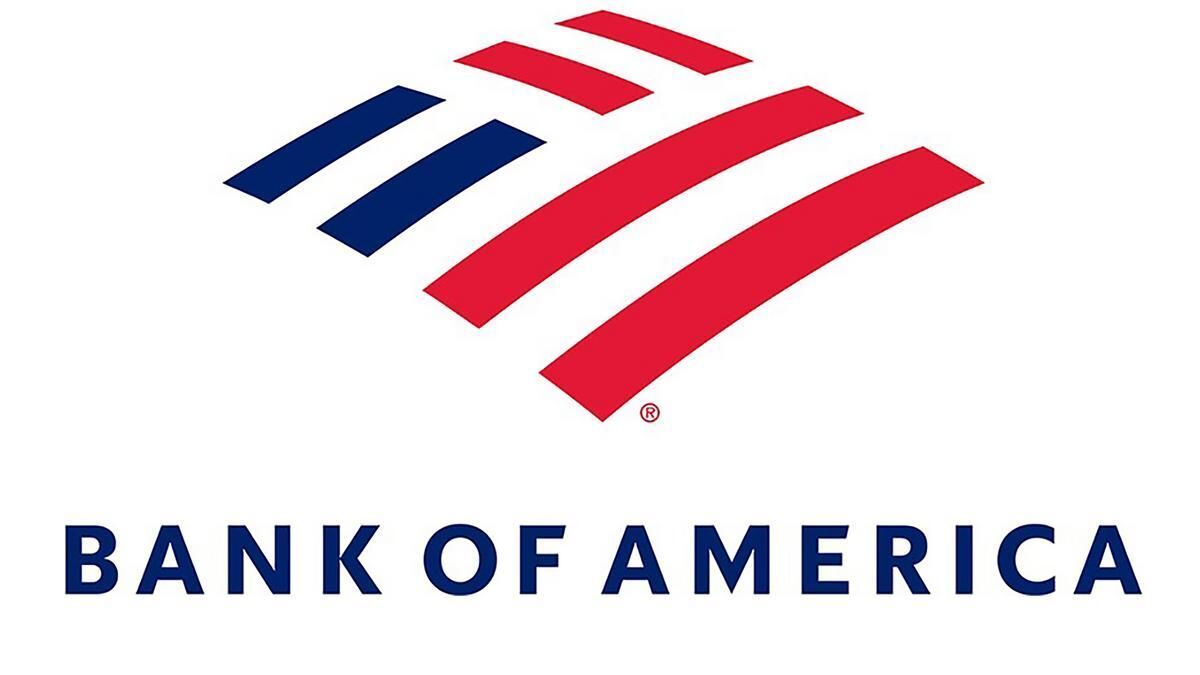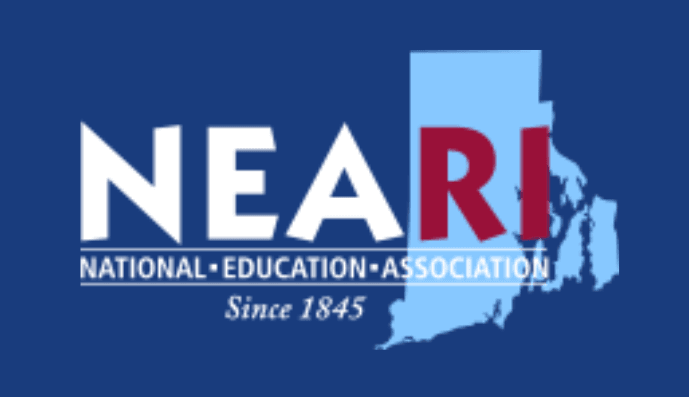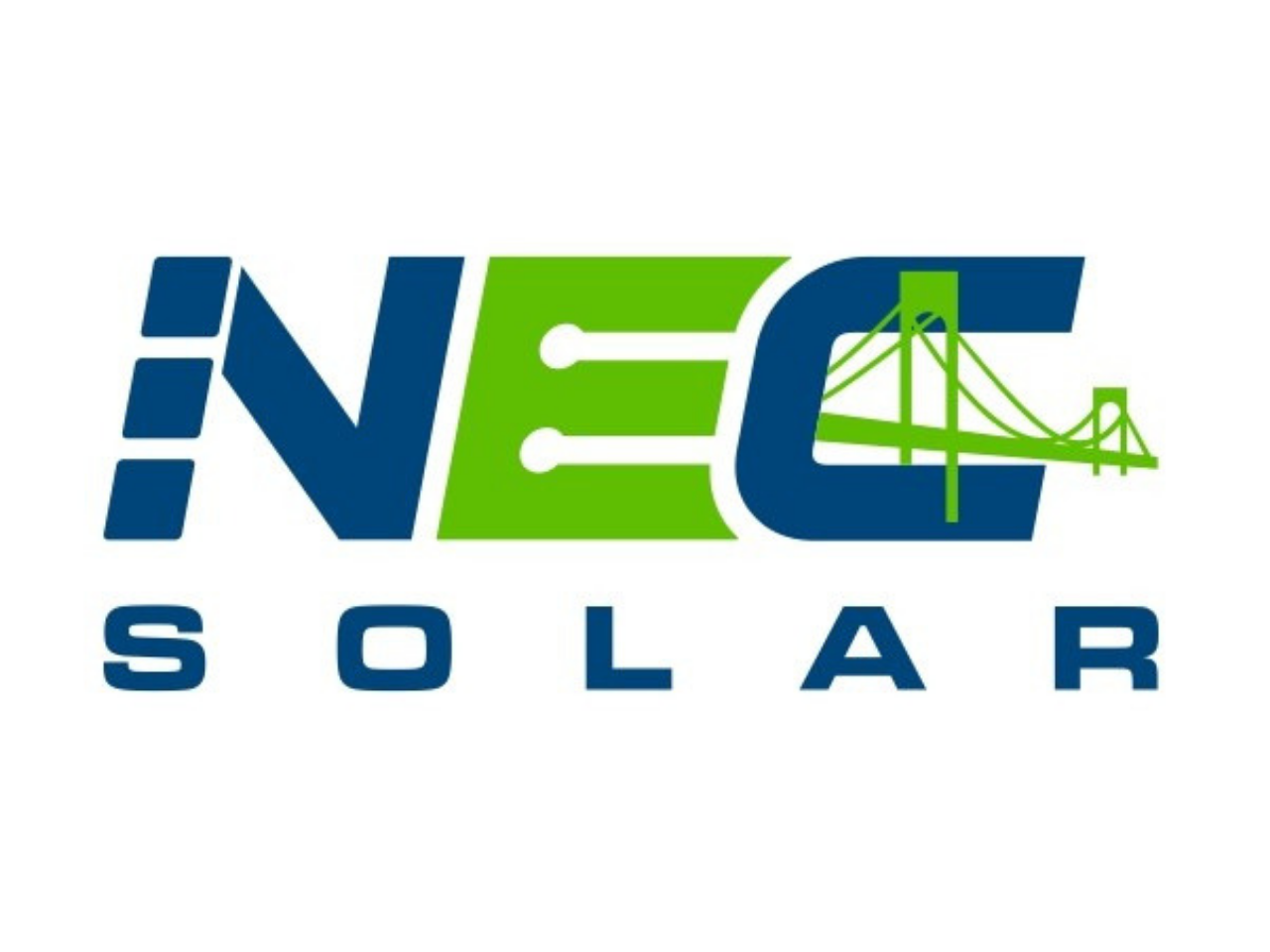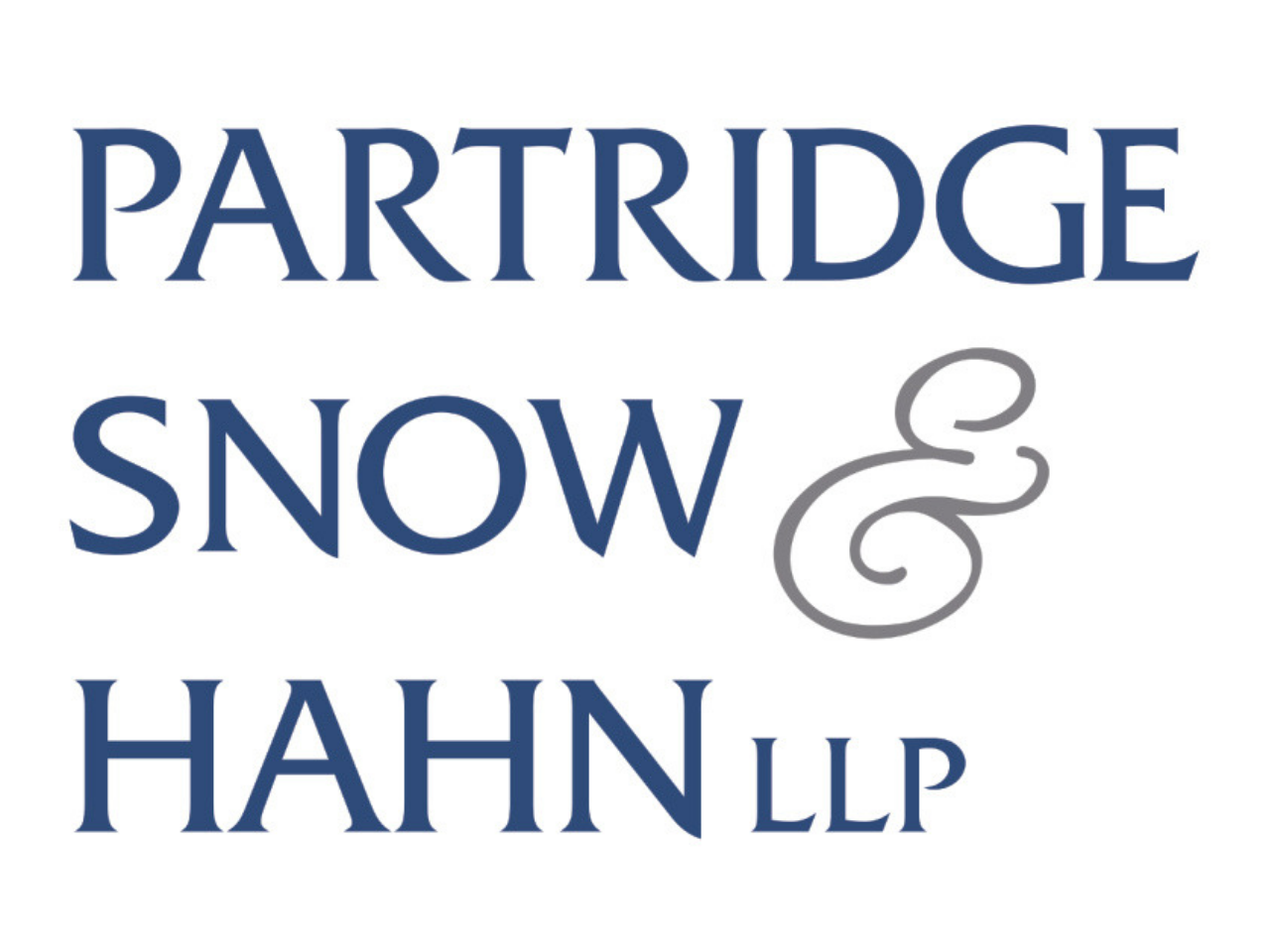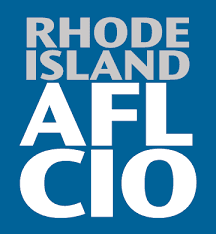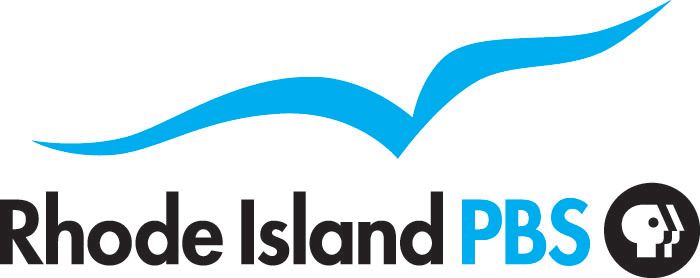Published October 21, 2025
Executive Director's Address | 128th Annual Meeting
From the 128th Audubon Annual Meeting on October 19, 2025, at the Nature Center and Aquarium
Welcome everyone to my favorite day at Audubon — a day to celebrate our community leaders, our staff, our donors, and the friends we haven’t seen in a while. And, of course, a day to talk about my favorite subject — Audubon.
Welcome to the 128th Annual Meeting of the Audubon Society of Rhode Island.
As I approach my third anniversary as Executive Director — about 1,000 days — I decided I’d take a day off last month to meet my brother, who was visiting from Australia. We met at a nature refuge on Long Island — a beautiful peninsula stretching between Noyack and Little Peconic Bays.
Protected by the U.S. Fish and Wildlife Service and donated by Elizabeth Morton, it’s a serene sanctuary and a vital stop for migratory birds — much like the refuges donated to Audubon.
It had a beautifully accessible trail meandering through the salt marsh and overlooking the bay. But what struck me most was that you had to pay to enter.
As I sat in my car fumbling for change, I thought about all the work we’ve been doing at Audubon to remove barriers just like this — to ensure that all people, regardless of income, ability, or background, can access the natural world.
As we close another remarkable year at Audubon, I’m proud to share what we’ve achieved together.
For over a century, Audubon has protected Rhode Island’s wildlife and have been teaching environmental literacy since the 50s. I can say that hundreds of thousands of Rhode Island and nearby Massachusetts school children learn about nature from an Audubon program.
But in 2025, we turned the lens inward and asked ourselves:
- How can we remove barriers?
- How can we welcome new voices?
- How can we strengthen the bond between people and nature?
That reflection became action — through programs, partnerships, and policies that are transforming what Audubon looks like and who it serves.
Across the state, we’ve been working with communities — not just inviting people to come to us, but bringing Audubon to them.
Our education team has been leading this transformation. From Providence to Pawtucket to Central Falls, educators like April Alix and Lisa Maloney, along with our other amazing education staff, are bringing:
- Live raptors to recreation centers
- Hands-on science to classrooms
- Nature experiences to neighborhoods that haven’t always been part of the outdoor story
Their message is simple: Nature isn’t far away — it’s right outside your door.
Through partnerships with organizations such as the Providence Urban Wildlife Conservation Partnership and the Partnership for Providence Parks, we’re helping communities discover and connect with nature in their own backyards. You’ll read more about these partnerships in our upcoming Report newsletter.
Accessibility has become a cornerstone of our mission.
In partnership with RAMP — Real Access Motivates Progress, we’re taking meaningful steps to ensure everyone can experience the wonder of the Audubon Nature Center and Aquarium.
From accessible picnic tables and entrance doors to improved trails, Braille and Spanish signage, and redesigned exhibits at accessible heights — each change moves us closer to our goal.
I am proud to share that Audubon became the first nature center in Rhode Island to earn the RAMP Stamp of Approval for our efforts to create a more inclusive experience. There’s still work to do, but we’re moving in the right direction.
While we connect people to nature, we also continue to protect it.
Just a few months ago, we finalized a 55-acre conservation easement donation from Anni and Vahe Bedian, expanding protection at the Maxwell Mays Wildlife Refuge — ensuring those forests and wetlands will remain untouched for generations.
Our science and conservation team — Laura Carberry, Scott Ruhren, and Ryan Kopp — continues to study the realities of a changing climate. Their work on stressed habitats and aquatic systems reminds us that every acre we protect strengthens Rhode Island’s resilience — absorbing floodwaters, sheltering wildlife, and buffering communities from the growing effects of climate change.
None of this happens without you — our members, volunteers, staff, and board.
You are the heartbeat of this organization.
From monitoring Osprey nests to maintaining trails to teaching in classrooms — you keep this mission alive.
Thank you to our Board of Directors and Council of Advisors for your guidance and commitment, and to our incredible staff, whose creativity and energy turn Audubon’s vision into reality.
Audubon is truly powered by people.
Last year, we launched Re-Power Audubon, a $4 million campaign to bring the entire organization to net-zero by 2030 and true-zero by 2040.
In just one year, thanks to our donors, we’ve reached major milestones:
- By upgrading our heating and cooling systems, we’ve eliminated 97% of our fossil gas use from the Nature Center.
- At our Smithfield headquarters, we replaced one of three gas heaters with an electric heat pump, and — pending support from The Champlin Foundation — we’ll soon replace the rest. Bringing gas use to zero.
And that’s not all!
In July, we signed an agreement to install a 167-kilowatt solar canopy over the Nature Center and Aquarium’s parking lot.
That’s enough to power the entire campus — exhibits, aquariums, classrooms, and caretaker’s cottage — with 100% renewable solar energy by the time we meet again here next year.
That’s not just progress. That’s leadership. Audubon is walking the talk.
As we look to the new year, I see an Audubon that is vibrant, inclusive, and forward-thinking — rooted in science and advocacy, powered by community, and united by the belief that nature belongs to everyone.
But the challenges are real: climate change denial, reduced funding, weakened protections like the Endangered Species Act, and ongoing habitat loss.
While Audubon doesn’t rely on federal funding, make no mistake, there is a war on science coming from Washington. It threatens the grants and resources that support our research and conservation work. We must be ready.
Yet Audubon’s 128-year story has never been one of despair. It’s a story of resilience, of action, and of hope.
Conservation isn’t a sprint — it’s a steady journey.
One acre. One refuge. One legislator. One volunteer. One partnership. One classroom. One child at a time. It’s a marathon — and Audubon is committed to winning it.
As I close, thank you again for your partnership.
You keep the trails open.
You keep classrooms alive with curiosity.
You show up and make your voices heard when it counts.
Together, we’re protecting what we love — ensuring that every person, today and tomorrow, can find their place in nature.
And now when I think back to that refuge on Long Island — where I fumbled for change at the gate — I know Audubon has chosen a different path.
We are choosing to open the gates.
To invite everyone in.
To say: “Nature is for all of us.”
Thank you.

